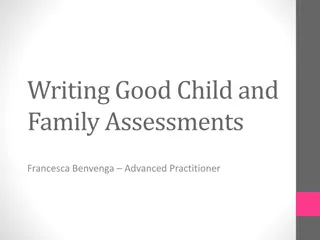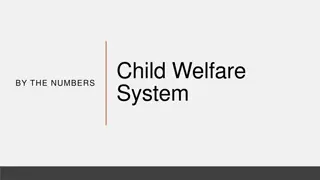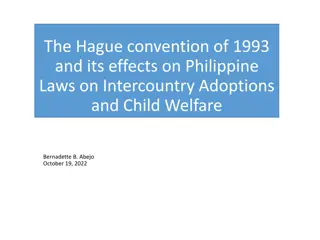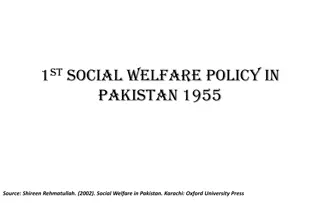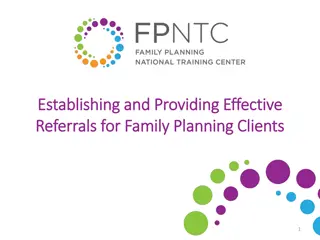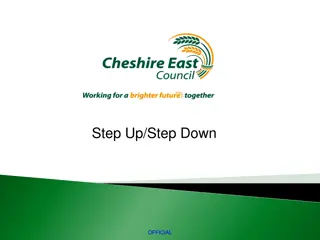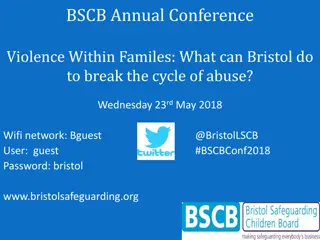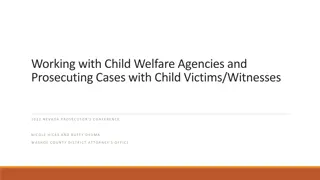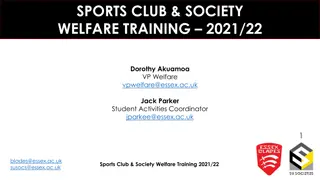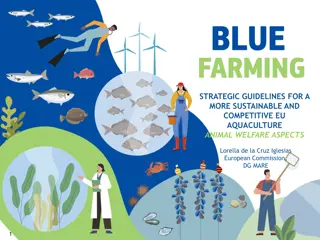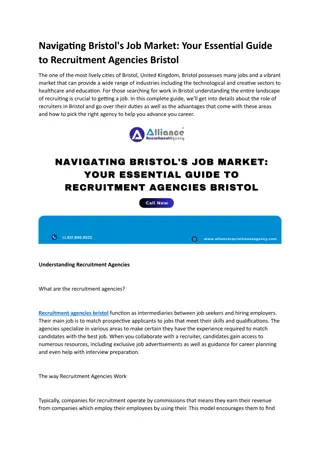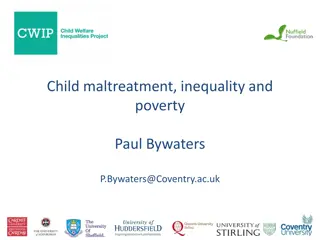Navigating Child Welfare Referrals in Bristol: First Response Guidelines
Bristol's First Response team assesses referrals for child welfare concerns and allocates families to appropriate services amidst heavy workloads. Quick decisions are made based on harm levels, emphasizing the impact on children. The referral process emphasizes thorough information gathering, clear communication, and consent considerations to ensure child safety.
Download Presentation

Please find below an Image/Link to download the presentation.
The content on the website is provided AS IS for your information and personal use only. It may not be sold, licensed, or shared on other websites without obtaining consent from the author.If you encounter any issues during the download, it is possible that the publisher has removed the file from their server.
You are allowed to download the files provided on this website for personal or commercial use, subject to the condition that they are used lawfully. All files are the property of their respective owners.
The content on the website is provided AS IS for your information and personal use only. It may not be sold, licensed, or shared on other websites without obtaining consent from the author.
E N D
Presentation Transcript
First Response Bristol s gateway to children s services since 2014 A small team that assesses every referral for early help, child in need, or child protection concerns and decides what needs to happen next Heavy workloads around 2000 contacts every month A qualified social worker triages every referral to ensure families are allocated to the most appropriate service
Referral Pathways First Response have to make very quick decisions about what action is appropriate for each referral Decisions are made in line with current threshold guidance Making the right decision relies on receiving all the relevant information The pathway will depend on what level of harm What is the impact on the child/children/family?
Making a referral Do: Explain what worries you most and why Focus on the impact on child/children Answer all the questions as fully as possible Provide all the information that you have access to Provide details of everyone who lives with the child (and anyone significant that lives elsewhere) Talk to the child what are they worried about? What do they want to happen? Talk to the parents include their views Get parental consent/notify (unless to do so would place child at further risk) Remember to include strengths (signs of safety)
Making a referral Avoid: Making a referral before you have offered support that you have access to (directly or via direct referral to another service) Asking First Response whether or not you should refer Complex language, jargon or language/abbreviations that are only used internally Assumptions First Response don t always know the family, or have access to info to fill in gaps Leaving gaps on the referral form Vague comments or language e.g. self-harm Leaving the child out
Referral Exercise Complete the Referral Exercise in the Practitioner Booklet Discuss as a group what you have learnt about your own practice from completing this referral.
Still need help? Ask your safeguarding lead for advice The new referral form Record notes using language suitable for referral Use your own agency advice services (e.g. SET) Identify training that could provide the knowledge or skills that you need Read guidance documents related to referral






